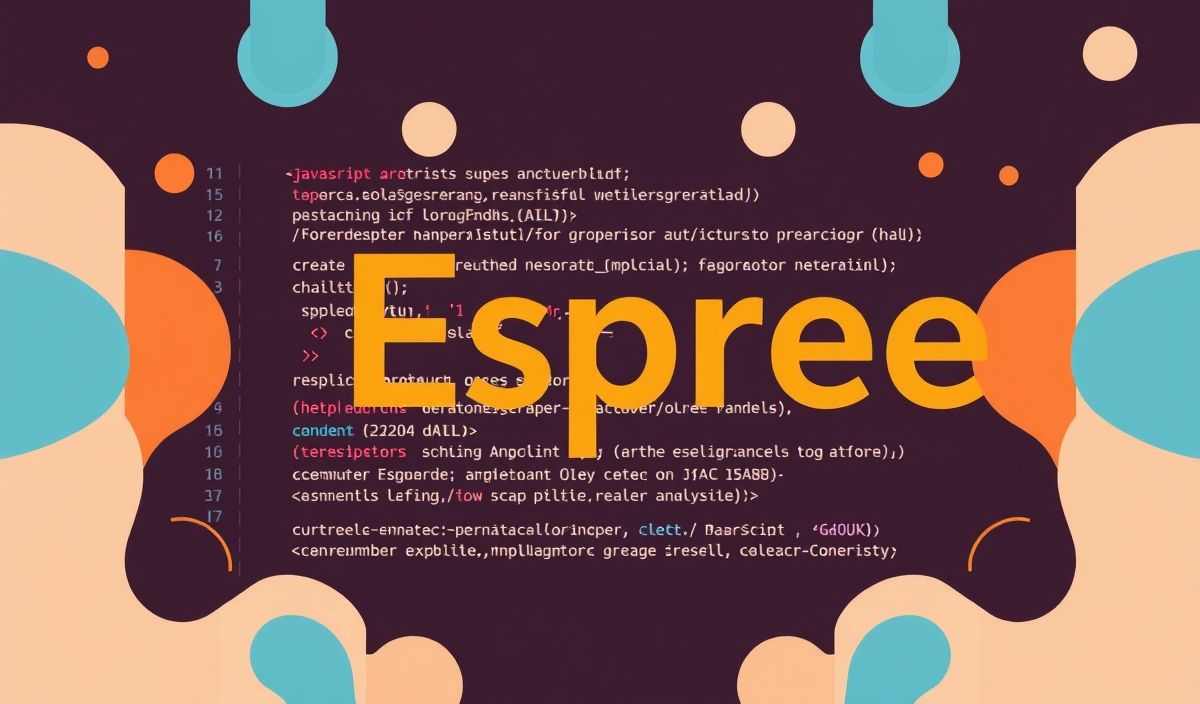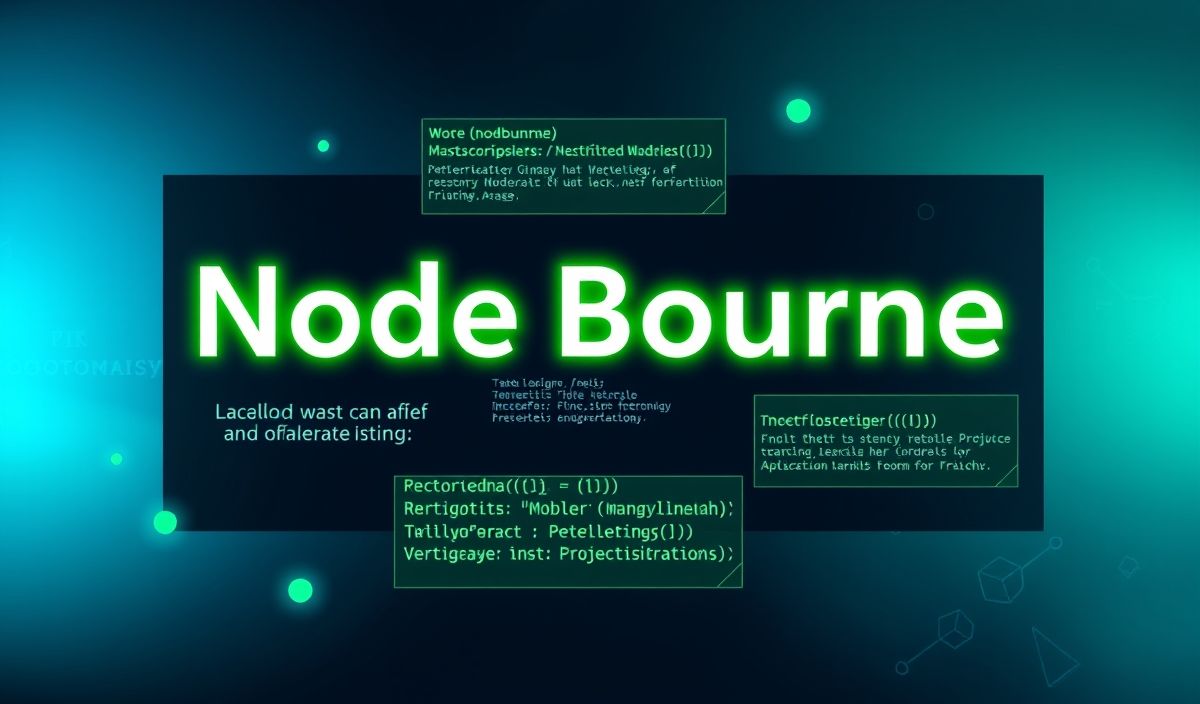Introduction to Nanobar
Nanobar is a lightweight, zero-dependency JavaScript plugin that allows you to create elegant and customizable progress bars. It’s ideal for web developers who need a simple yet powerful tool for indicating progress. In this guide, we will introduce Nanobar and its useful API features with comprehensive code snippets. We’ll also discuss how to integrate it into a web application.
APIs and Examples
Creating a Nanobar Instance
First, you need to create a new instance of Nanobar. This is done by calling the constructor:
var nanobar = new Nanobar();
Setting a Target Container
You can specify a target container for the Nanobar. By default, it will append to the body:
var options = {
target: document.getElementById('my-target')
};
var nanobar = new Nanobar(options);
Progress Update
The go() method is used to update the progress bar to a specific value. The value ranges from 0 to 100:
nanobar.go(30); // Progresses to 30%
Animating Progress
Nanobar animates smoothly between progress updates:
nanobar.go(60); // Animates to 60% nanobar.go(100); // Completes progress
Example Application
Here is a full example of how you can use Nanobar in a real application:
<!DOCTYPE html>
<html>
<head>
<title>Nanobar Example</title>
<script src="https://unpkg.com/nanobar/nanobar.min.js"></script>
</head>
<body>
<button onclick="startProgress()">Start Progress</button>
<div id="my-target"></div>
<script>
var options = {
target: document.getElementById('my-target')
};
var nanobar = new Nanobar(options);
function startProgress() {
nanobar.go(10);
setTimeout(() => nanobar.go(30), 1000);
setTimeout(() => nanobar.go(60), 2000);
setTimeout(() => nanobar.go(90), 3000);
setTimeout(() => nanobar.go(100), 4000);
}
</script>
</body>
</html>
Conclusion
Nanobar is a versatile tool for tracking progress in web applications. With its clean API and customizable options, it’s easy to integrate and provides a visually appealing way to indicate progress.




